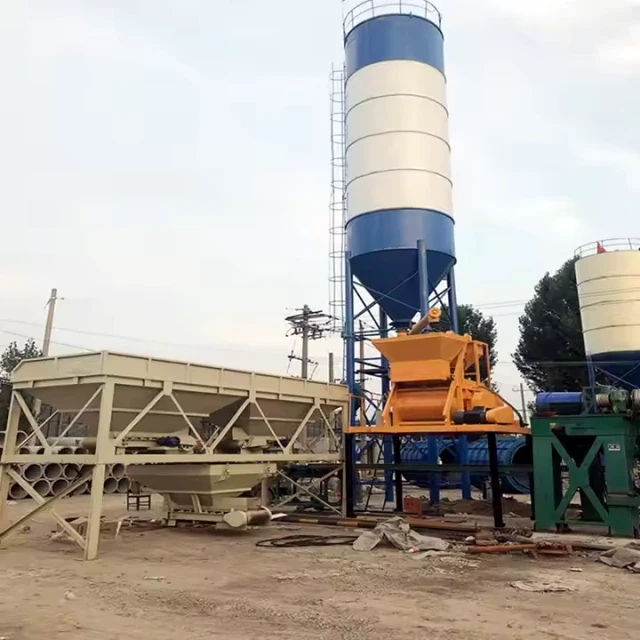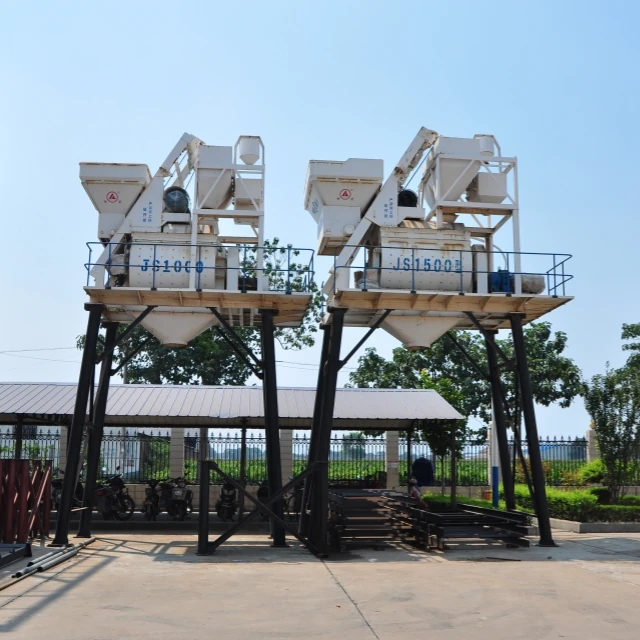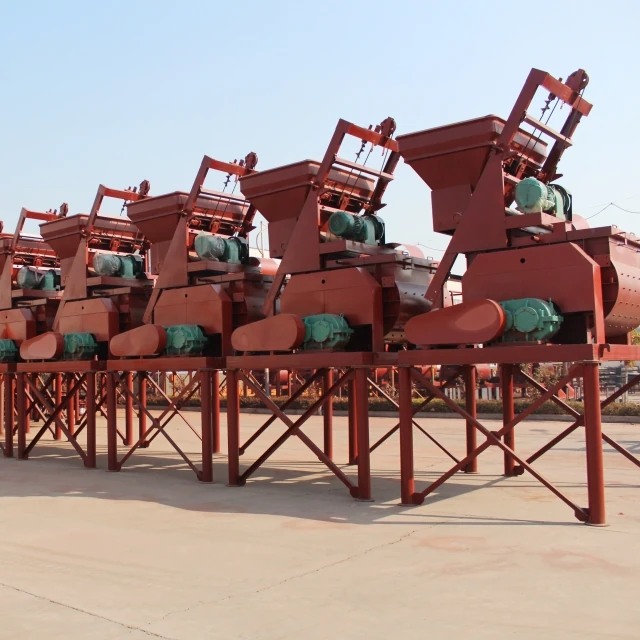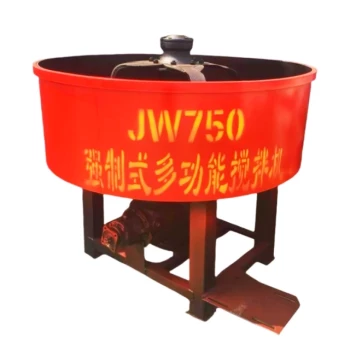Screw conveyors are the backbone of material handling in industries ranging from agriculture to construction. Yet, one persistent challenge threatens their reliability: flange misalignment. Poorly aligned flanges lead to leaks, premature wear, and even catastrophic mechanical failures—costing businesses thousands in unplanned downtime. This guide dives into the science of flange alignment, offering actionable techniques to ensure your conveyor operates at peak efficiency while complying with industry standards.
Flange Alignment Fundamentals for Screw Conveyors
Flanges act as the critical connection points in screw conveyor systems. When misaligned, they compromise the entire system’s integrity. Here’s what happens:
- Leak Pathways: Gaps between flanges allow material spillage, contaminating workspaces and wasting product.
- Uneven Load Distribution: Misalignment forces excessive stress on bolts and seals, accelerating wear.
- Vibration and Noise: Poorly fitted flanges create harmonic vibrations, signaling impending failure.
Did you know? A mere 1mm misalignment can reduce a flange’s lifespan by up to 40%.
Why Parallelism and Tight Fit Are Critical for System Integrity
Parallelism—ensuring flange faces are perfectly parallel—is non-negotiable. Here’s why:
- Seal Effectiveness: Gaskets and seals only work when compressed uniformly. Uneven gaps lead to blowouts.
- Bolt Stress: Misaligned flanges over-tighten some bolts while leaving others loose, causing fatigue fractures.
- Energy Efficiency: Proper alignment reduces friction, lowering power consumption by up to 15%.
Pro Tip: Use a dial indicator to measure parallelism. Deviations beyond 0.05mm per 100mm of flange diameter require correction.
Step-by-Step Techniques for Achieving Precision Alignment
1. Pre-Assembly Checks
- Inspect flange faces for burrs or warping (lap with a surface plate if needed).
- Verify bolt holes are concentric; ream if necessary.
2. Alignment Tools
- Laser Alignment Systems: Ideal for long conveyors, detecting angular and offset misalignment.
- Straightedges and Feeler Gauges: Cost-effective for smaller systems (accuracy ±0.1mm).
3. Tightening Sequence
Follow a cross-pattern (star sequence) to distribute load evenly. Torque in 3 stages:
- 30% of final torque to seat components.
- 70% to compress gaskets.
- 100% for final securement.
Ever wondered why bolts loosen over time? Vibration from misalignment creates cyclic loading, backing out fasteners.
Industry Standards and Compliance for Flange Installation
Adhere to these benchmarks:
- ASME B16.5: Specifies flange dimensions and pressure-temperature ratings.
- ISO 5293: Guidelines for conveyor belt alignment tolerances (adaptable to flanges).
- OSHA 1926.555: Mandates regular inspections to prevent material discharge hazards.
Case Example: A cement plant reduced flange-related downtime by 90% after implementing ISO 5293’s laser alignment protocols.
Real-World Impact: Alignment Failures and Solutions
Failure Scenario: Grain Processing Plant
- Issue: Recurring leaks at feed inlet flanges halted production weekly.
- Root Cause: Thermal expansion caused bolts to stretch, breaking the seal.
- Fix: Installed flexible graphite gaskets and upgraded to torque-controlled bolts.
Failure Scenario: Mining Conveyor
- Issue: Excessive vibration led to bolt shearing after 3 months.
- Root Cause: Flange faces were 2° out of parallel.
- Fix: Machined flange surfaces flat and realigned using laser tools.
Key Takeaways and Actionable Advice
- Measure Twice, Assemble Once: Use precision tools to verify alignment before final tightening.
- Invest in Quality Gaskets: Compensate for minor imperfections with resilient sealing materials.
- Monitor Thermal Effects: Account for material temperature changes during operation.
For heavy-duty applications like construction machinery, consider Garlway’s high-torque winches—engineered to withstand misalignment stresses in rugged environments.
By mastering flange alignment, you’re not just fixing a mechanical issue; you’re safeguarding productivity, safety, and profitability.
Related Products
- Ready Mixer Machine for Construction Ready Mix Machinery
- Portable Concrete Mixer Machine Equipment for Mixing Concrete
- Commercial Construction Mixer Machine for Soil Cement Mixing Concrete
- Hydraulic Concrete Mixer Machine Cement Mixing Equipment for Mixture Concrete
- Shaft Mixer Machine for Cement and Regular Concrete Mixing
Related Articles
- How to Classify and Resolve Concrete Mixer Hazards with Compliance
- How to Conduct OSHA-Compliant Concrete Mixer Inspections: A Safety-First Checklist
- How to Choose Concrete Mixers for Long-Term Reliability and Cost Savings
- How to Test Concrete Mixer Brake Systems for Optimal Safety and Compliance
- How to Build an OSHA-Compliant Safety System for Concrete Mixer Workspaces














